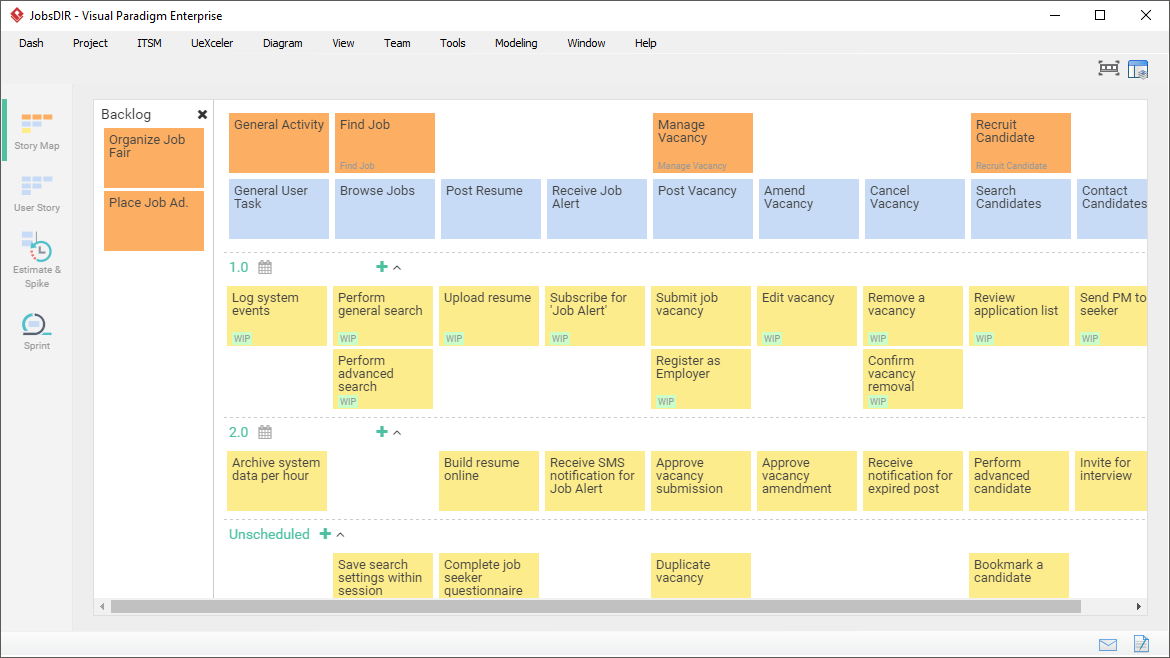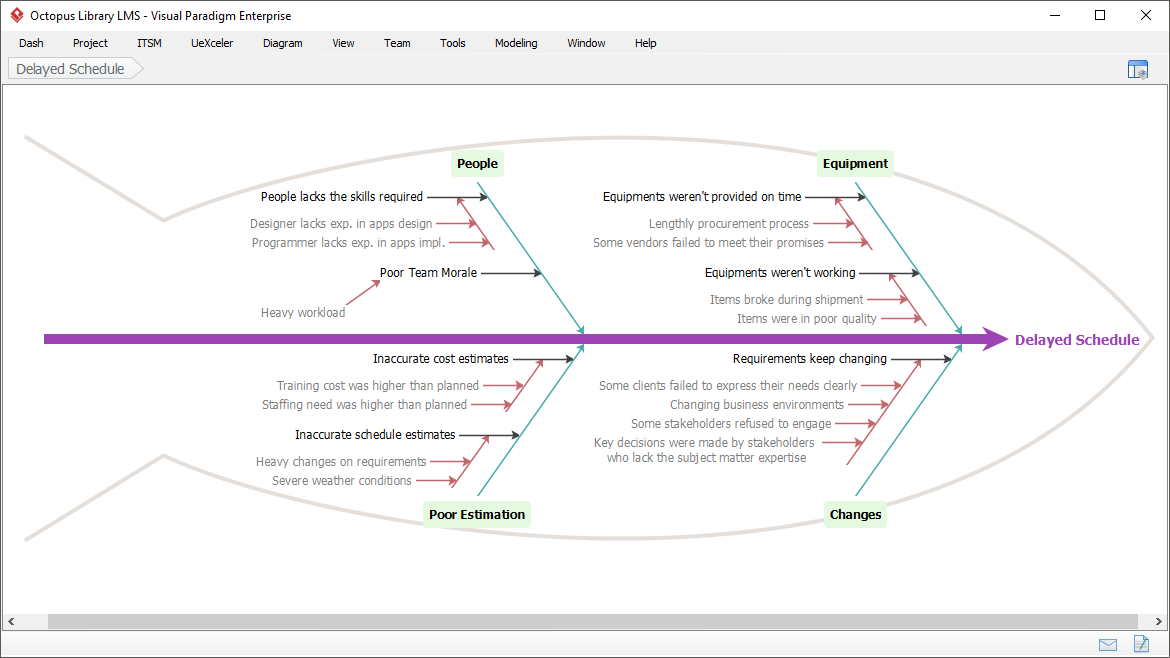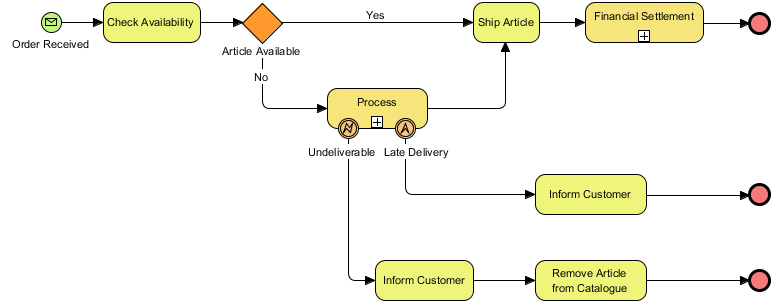What has proven to be the strength of Scrum the past 20 years? What should be the focus of Scrum the upcoming 20 years? What of Scrum frustrated you the most so far? What connects you to Scrum? What is a small improvement that could be added to Scrum?
Continue reading









